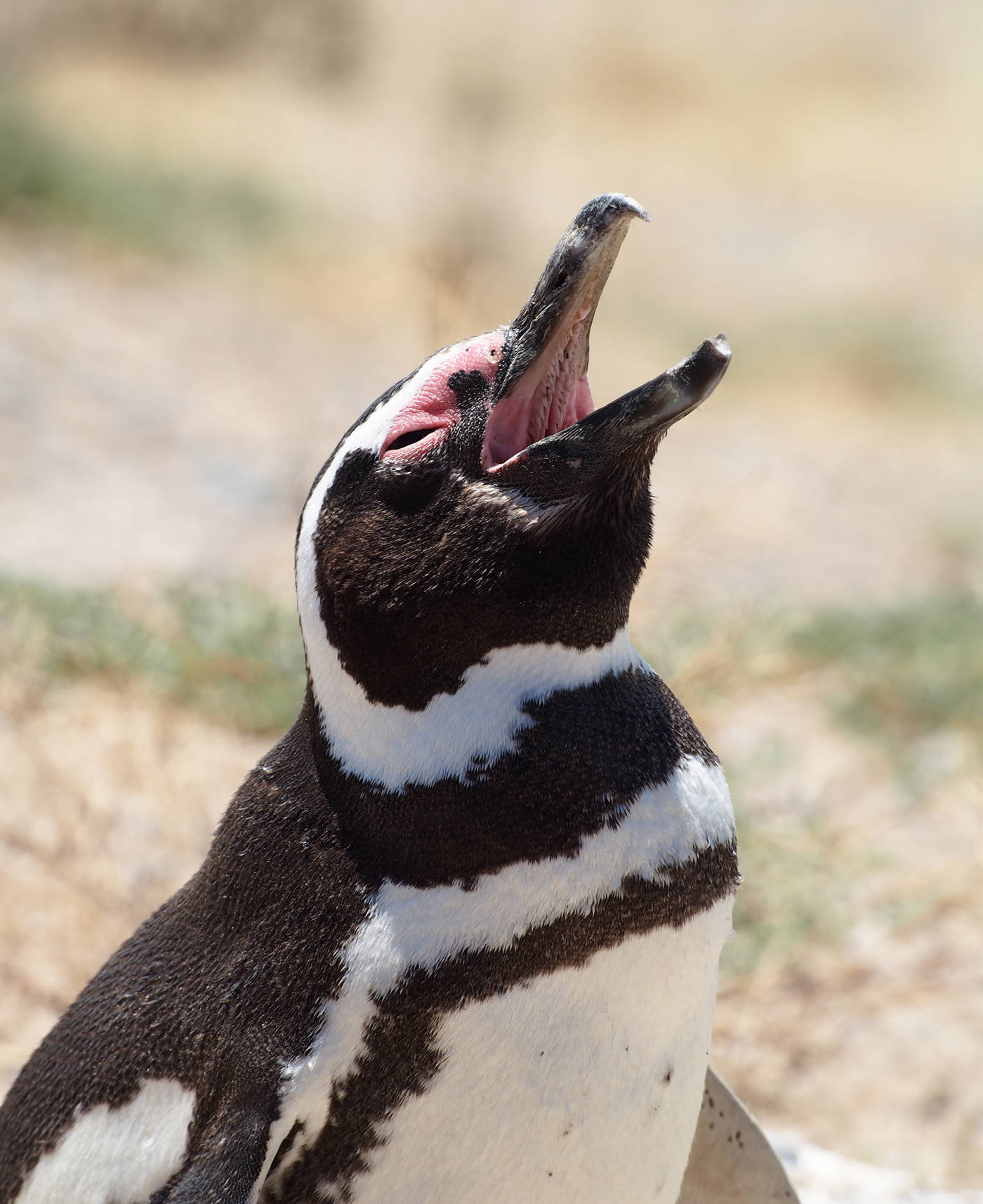People recreationally travel for many reasons, but most often it’s to see new places, do new things, eat new foods or encounter new cultures. I enjoy those experiences as well, but sometimes I get my most enlightening moments when I see something familiar out of context.
As a case in point, I traveled around Tierra del Fuego and Cape Horn at the tip of South America over the holidays. Tierra del Fuego means the “land of fire,” in deference to the many small campfires seen by early Spanish explorers that native Yamanas clustered around at night. Here, at the “end of the world” as local Argentinians have branded their provincial capital of Ushuaia, it is different.
Even though you can look at Google Earth or a globe anytime you want to, it didn’t really occur to me how different southern South America is from northern North America. First of all, there isn’t a “tip” to North America. Our continent fans broadly into the Arctic Ocean, its waters lapping onto Alaska’s North Slope 70 degrees north of the equator. In contrast, South America really does come to a narrow tip, following the backbone of the Andes Mountains. Tierra del Fuego is actually an island archipelago, separated from mainland South America by the Strait of Magellan, but it only reaches south to 55 degrees in latitude, still 600 miles from Antarctica. Consider that all of Interior Alaska is farther north than Cape Horn is south from the equator.
What this means is that although the climate is more benign than most of Alaska’s, its narrow geography results in a depauperate biological community. Only 90 bird and 20 mammal species (and no amphibians) inhabit Tierra del Fuego, but this list includes some very cool and unique animals like Guanacos in the camel family, huge (18 inches long!) Magellanic Woodpeckers, and Magellanic Penguins. On the adjacent mainland, I saw ostrich-like Greater Rheas and the Patagonian Cavy, a jackrabbit-like rodent.
But walking through the forest composed of several species of southern beeches (Nothofagus spp.), unique to South America and only distantly related to beeches (Fagus spp.) in the Northern Hemisphere, I was stunned to recognize two plants that I know from previous work in two very different places of the world that seemed incongruous growing together. The first was a native evergreen shrub called Diddledee (Empetrum rubrum) that I mistook initially for our crowberry (E. nigrum) that grows here on the Kenai Peninsula except that it has red rather than black berries. The second was a small native tree called Pickwood or Maytenus magellanica — the last time I had seen a Maytenus was in the Mariana Islands where I had studied Mariana Crows on Guam and Rota. How does a genus from boreal and arctic Alaska take root next to a genus that is widely distributed mostly in tropical and subtropical locales of the southern hemisphere?
Before I get to this question, however, I need to point out that Pleistocene glaciation and, in particular, Beringia frame how evolutionary ecologists think about speciation and our contemporary species assemblages in Alaska. Beringia was the large grassland that straddled the Bering Strait, stretching from the Lena River in Russia to the Mackenzie River in Canada. Beringia was a refugium for many plants and animals during the last ice age, sustaining beaver, moose, Dall Sheep, and spruce at a time when much of the northern latitudes were encased in ice. Some Beringian species like mammoths went extinct, but others like steppe bison evolved into our contemporary wood and plains bison. Still others, like humans, crossed the Bering land bridge that connected the two continents as recently as 30,000-11,000 years ago.
What blows me out about Maytenus is that its global distribution is not the outcome of something as relatively recent as Beringia, but resulted when the supercontinent Pangaea split into two continents 180 million years ago, one of which was Gondwana when the climate was much warmer than it is today. Maytenus presumably speciated as Gondwana broke up into what is now South America, Africa, India, Australia, New Zealand, Antarctica and Micronesia, persisting in some far-flung locales like Tierra del Fuego and Guam.
The equally incredible story is that Empetrum really did originate in the Northern Hemisphere, geographically disjunct from the species that appears much later in South America. A 2011 paper published in the Proceedings of the National Academy of Sciences found that E. rubrum in southern South America is most closely related to the crowberry that grows in northwestern North America (that is, Alaska!). The authors went so far as to suggest that a single seed dispersal event perhaps a half-million years ago by a bird, such as a whimbrel that eats crowberries in Alaska and migrates nonstop to Tierra del Fuego where it defecates, could well explain the ancestral origin of Diddledee in South America. I love science.
The shock of seeing two familiar plants in an unfamiliar landscape prompted me to explore their biogeography. And a little bit of research into Pickwood and Diddledee just made my travels that much richer.
Dr. John Morton is the supervisory biologist at Kenai National Wildlife Refuge. Find more information about the Refuge at http://www.fws.gov/refuge/kenai/ or http://www.facebook.com/kenainationalwildliferefuge.

